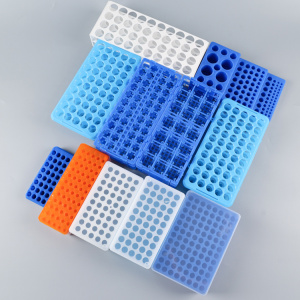Greatly improve the efficiency of your experiments, 8 small ways to use pipettes skillfully.
Pipettes make a lot of appearances in laboratories, especially in chemistry and pharmaceuticals. Some researchers even take the pipette hundreds of times a day to perform liquid pipetting. If we can improve the speed and precision of researchers' operations with pipettes, we can greatly improve the efficiency of our laboratories.

In the following article, we have compiled 8 of the most practical tips for using pipettes skillfully.
1. The most important thing is to choose the right pipette size and pipette tip.
According to the amount of liquid to be pipetted, and the characteristics of the liquid, choose the appropriate size pipette and tip. If you use a pipette with too large a volume to aspirate a small amount of liquid, it will easily cause aspiration deviations, especially when using a manual pipette. The key to pipette tips is to match the pipette and ensure a tight seal to reduce sample loss due to tip leakage.
2. Select the appropriate pipette based on the density of the liquid.
Liquids that are more viscous need to be pipetted at a slower rate and operated in reverse pipette mode; volatile liquids need to be pipetted at a faster rate and operated in reverse mode. When pipetting liquids with a large difference in density from water, the pipette needs to be calibrated first.
3. Pre-wet the tips by aspirating the liquid several times prior to formal pipetting. This will reduce pipetting errors caused by evaporation or liquid retention.
4. When operating, the tip should not be immersed too deeply in the liquid and the dwell time should not be too short or too long, about 1 second is appropriate.
5. Pay attention to the tilt angle of the pipette during operation and try to maintain vertical aspiration.
6. Make sure that the pipette, tip and liquid are at room temperature. If special temperature conditions are required due to sample characteristics, try to keep the pipette and the liquid as close to each other as possible to avoid errors caused by excessive temperature differences.
7. Use consistent and stable speeds and pressures when handling pipettes and samples. When manually aspirating, pause for one to two seconds after each aspiration to keep the liquid level stable in the tip.
Develop good operating habits and clean the instrument in a timely manner after each use of the pipette to avoid any dirt that may grow inside the instrument and affect its normal operation. Calibrate the instrument regularly to ensure its accuracy.



